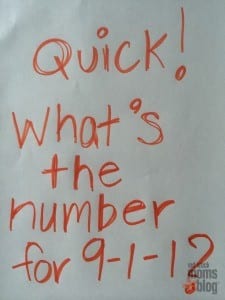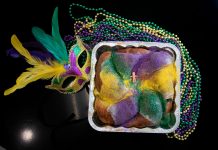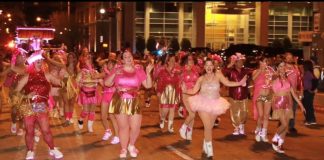It starts at the very beginning. Are they eating enough? Are they in pain? Why are they crying? Are they “normal”? Will this be harmful to them? The endless questions about what is best for our children. We worry about everyone who gives our children a sideways glance, comes a bit too close, feels just a bit “wrong”. We worry about them if they don’t gain enough weight, if they don’t reach a milestone, if they disappear for 2 seconds and we can’t find them. Life is scary. The world is scary. It feels as if there is danger lurking at every turn (and in reality there might be…) But we, as mothers, can do things to prepare. We don’t have to just throw our kids out there blindly and pray they don’t fall into harm. And, although we won’t be able to prevent any and every single thing from happening to them, we can do our best to try.
PERSONAL INFORMATION
This was something I focused on in my homeschool curriculum with my children last year. At an appointment with my children I was told by a therapist (who specializes in children’s safety) the importance of teaching your children the very pertinent information that helps identify who they are. This is something that should be started around the age of 2, when children have the capability to memorize (think about putting the info to a catchy tune like the ABC’s song so they won’t forget!) and should be started whether you are a working mom, sahm, single mom, whatever.
I will never forget the horror I felt when I dropped my 1st grader off for his first day of school this year. A group of around 10 kids stood in the office scared, crying, confused, while the staff was just as upset. These students had gotten on the bus and gotten off at school, but didn’t seem to be registered. The oldest child was around 6 and none of them knew any of their information to help find out who they were or how to locate their parents. I cried when I got to my car and thought, I wish those babies had been equipped to feel safe in this situation! So what do they need to know?
1. Their full names. Last names aren’t something we usually focus on, but it is important since that is the main piece of information that can help locate who they are and who their parents are when needed.
2. Their parents’ names. An easy way for someone to be able to locate you

3. Address and phone number. At the very least they need to know your phone number so they can have someone call you, or call you themselves if they find access to a phone. Practice having them call you from a house phone or separate cell phone. *Knowing* the number and knowing what to actually *do* with it are two totally different things. Depending on the age, it may be difficult to remember more than one number, so try to teach them a number that you will always have available (cell phone instead of house phone, for example, or mom’s number instead of dad’s if he is usually at work and she is usually the one with the children or has easier access to her phone.)
4. Extra information. The name of their school, church, grandparents, their birthday, etc. can also be taught as identifying information, but obviously isn’t as important with regards to safety. Make sure your child is also aware of any medical information. Usually this is already something we teach our child about, but it is especially important that they share this information if they are ever lost. Does your child have a medical condition and require medication? Do they have any severe allergies? Do they know the names of their doctor(s)?
5. The importance of sharing (and not sharing) their personal information. Your child will be very excited when they begin to learn what identifies them! This will lead to them wanting to share with anyone and everyone. “Hi, strange mom at the park, here’s my address!” (it has happened to me so many times.) Make sure you teach your children that this information needs to be shared only in case of an emergency and you should never answer any of these questions if asked by someone you do not know unless they are trying to help you find mommy or daddy. This is a difficult concept for the black and white mind of a child to understand (share/don’t share…what?) So role playing is key for making sure your child is not telling the creepy stalker asking “Hey where do you live?” their information, but will feel comfortable offering it up to the person trying to help them when they are lost.


It doesn’t have to be stressful teaching our children this information, but it definitely can be. Keep it as stress free as possible. If you start young and practice for a few minutes each day (while in the car or while going on a walk) it will not take very long at all. Don’t expect your child to sit down and memorize all of this information at one time – hello, brain overload! That will stress you all out. Use fun games or make up songs to teach your children the information in a way they will remember in the midst of a stressful situation. Remember that our brains don’t function as easily when we are scared and upset. Tell them that if they get separated from you to stay calm and know that they have all it takes to be able to find you! Also, until you feel your child is comfortable with knowing and being able to recall their personal information, you can use products designed specifically for identifying your child. ID bracelets (they make nifty plastic ones you can use for certain events then just throw away) or personal information labels you can place in their clothing (out of sight from the public) and show your children where to find it in case of an emergency.
What ways have your children learned their personal information?

















A very important and well done article!
My oldest and second have memorized this info. My 3rd, not so much. But with her speech impediment, I’m not sure anyone would understand her anyway. But, I’ve taught her to stay with mom or dad or sisters. Kadence is young, but I really need to sit with her and work with her on her name now…
How old were yours when you started?